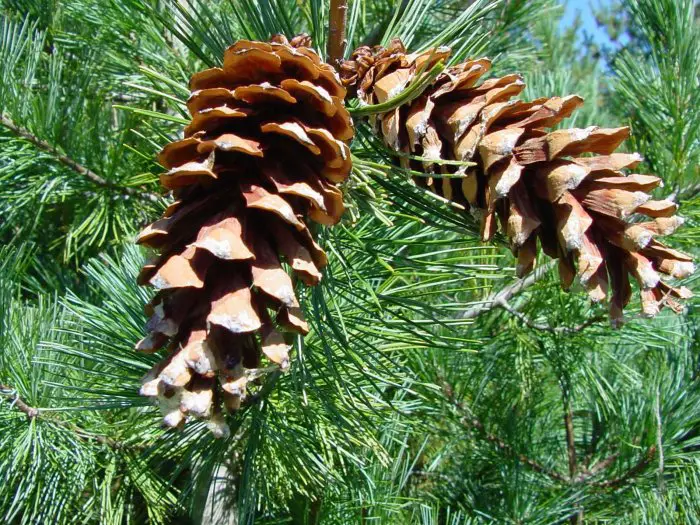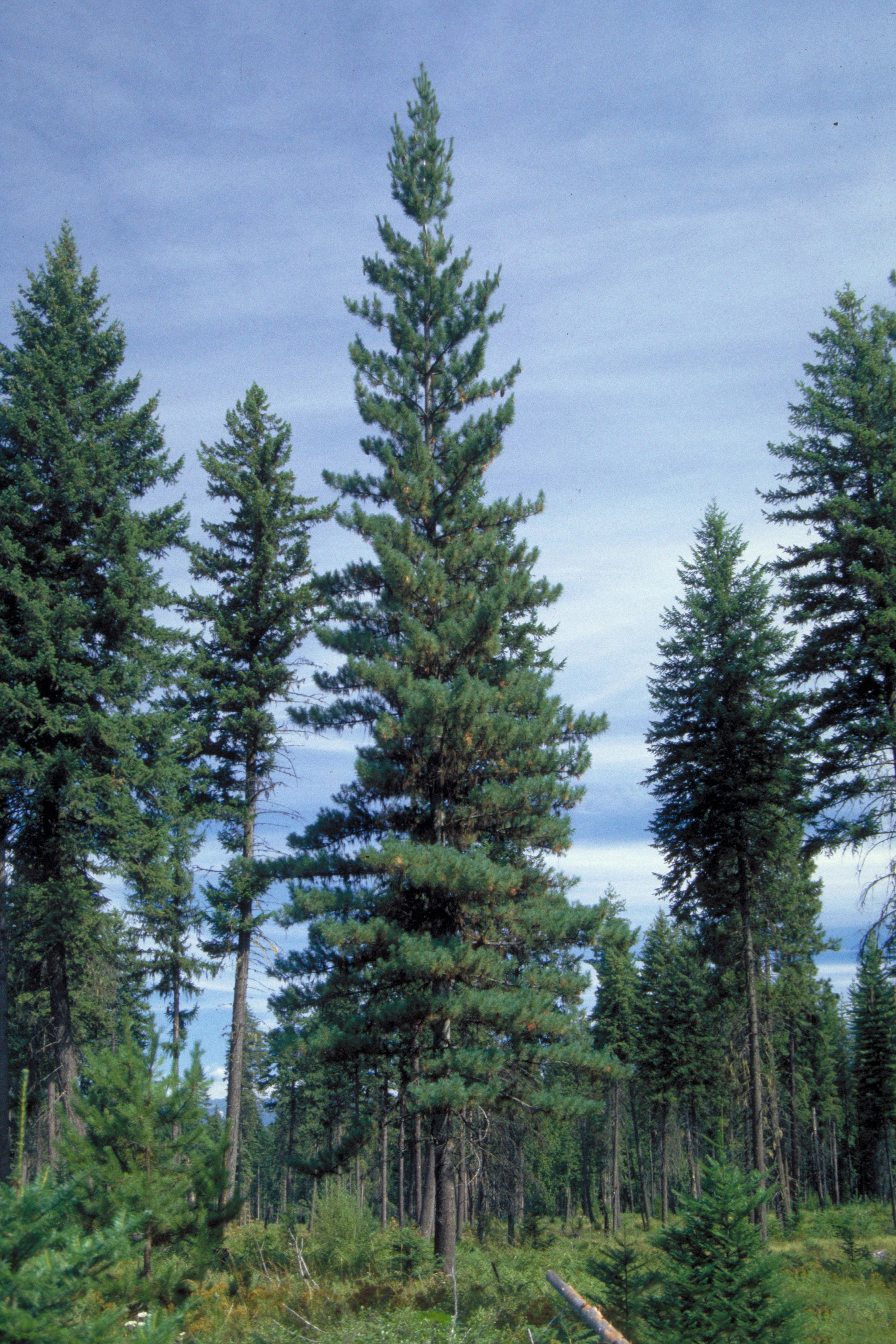COMMON JUNIPER Juniperus
communis
Species Description
Common juniper is a slow growing
evergreen, medium-sized tree with spreading branches. The branches point
upwards, usually at a 45 degree angle from the ground. It is usually found as
a multi-branched shrub and can be 5-10 ft tall and 8-12 ft wide. The needles
persist for 3 years and are set at a wide angle from the stem[1]. The needles
are concave, found in whorls of three [4], gray-green to blue-green in color,
have a white band on the upper side, and are blunt at the tip. The bark is
reddish brown and flakes off in thin strips. In winter, the needles become
brownish in color. [1]
The flowers are dioecious. [1]
(Meaning there are both male and female plants). They are wind pollinated
[3]. Their fruit is a 3 seeded cone and are globose in shape. They are up to
.5 inches in diameter and are blue-black in color with a waxy bloom. [1]
|
Species Ecology
It grows on poor soils, is wind
tolerant, prefers full sun, and is pH adaptable. Though, it is not as heat
tolerant as other Juniperus
species. [1] They grow on dry, open, rocky, wooded hillsides, sand terraces,
exposed slopes and plateaus. It grows in hilly to alpine regions up to an
altitude of more than 3000 meters and is intolerant of shade. It is
susceptible to fire and is slow to reestablish after a fire. [5]
Birds eat the cones, digesting the
fleshy scales, and passing the seeds. [3]
|
Ethnobotany
It is often used as an ornamental
shrub. The berries are often too bitter to eat raw, so they are often dried
to be used to flavor meats, sauces, and stuffings. They have a strong flavor,
so they are good for enhancing meats with strong flavors like game [3]. The
fruits are used for flavoring gin [1] and Finnish ales [3]. Native Americans
used the juniper berries as a urinary tract disinfectant, and as an herbal
remedy for diabetes. They also used them as a female contraceptive [3]. In
the Pacific Northwest, the branches were used to make tonics for colds, flu,
arthritis, muscle aches, and kidney problems. [5]
|
References
|
WESTERN WHITE PINE Pinus monticola
Species Description
Western white pine is an evergreen conifer that grows up to 150 ft
tall and 4 feet in diameter. There are usually no branches for half of its
length and the top has upraised long branches. Needles are born in fascicles
of 5 and are triangular in cross section with stomatal bloom in two of the
three surfaces. [2] Needes are held for 3-4 years before being shed. [3]
In young trees, the bark is thin, snooth, and greyish green. The bark
darkens as it grows older and forms deep, vertical grooves with rectangular
scaly plates. [5]
Western white pine is monoecious with separate male and female cones.
Male cones are small, yellow, and clusteres near the tips of brances. The
female cones are larger, greenish pink, and are at the tips of branches near
the top of the tree. They make large woody cones, 5-12 inches long, thin and
curved. The scales are usually tipped with white resin. [2]
|
Ecology
Western white pine requires full sun but can tolerate both wet and
dry climates. [3] Though, it prefers dry, sandy sites. It does best in well
drained sites that are rich in nutrients. [5]
It is very susceptible to white pine blister rust. About 90% of
western white pines in the Cascades has been killed by the blister rust. [4]
|
Ethnobotany
The lumber from the western white pine is used in the building trade
and is prized for its suitability for making window and door frames. [3]
There is a gummy edible exudation from the stem that can be used as a
gum. The Inner bark can be dried, ground and used as a thickener for soups. Turpentine
from the resin can be used as a diuretic and antiseptic. It can be used
internally to treat bladder and kidney issues. It also can be used to treat
diseases of the mucous membranes and respiratory complaints. It can be used
externally for the treatment of skin complaints, wounds, sores, etc. [6]
|
References:
|





No comments:
Post a Comment